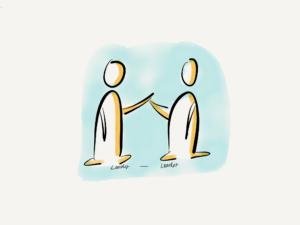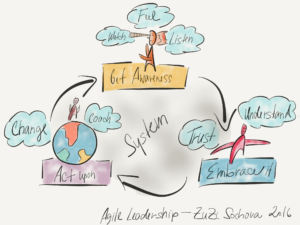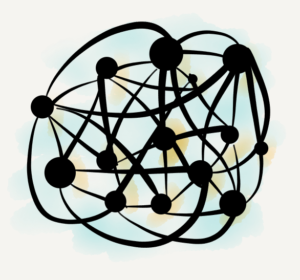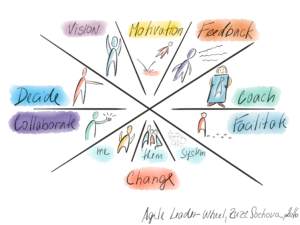Leader and manager, what is the difference? Is there any? People are often mixing these terms up so let’s make it more clear.
 Firstly, managers shall be leaders. That’s where the confusion is most likely coming from. But leaders are not just managers, leader is not a position, anyone can be a leader. In an Agile organization where hierarchy is becoming less important, we take more focus on leadership than management. There is no authority given to a leader. They gain it by their actions and behaviors and by their service to the people around them. Leaders could be anywhere in your organization and their power grows by respect of others. Managers, on the other hand, are often associated with decision making, and certain power which must be given to them.
Firstly, managers shall be leaders. That’s where the confusion is most likely coming from. But leaders are not just managers, leader is not a position, anyone can be a leader. In an Agile organization where hierarchy is becoming less important, we take more focus on leadership than management. There is no authority given to a leader. They gain it by their actions and behaviors and by their service to the people around them. Leaders could be anywhere in your organization and their power grows by respect of others. Managers, on the other hand, are often associated with decision making, and certain power which must be given to them.
Leaders are key to any Agile organization. The more leadership is in the organization, the more likely the mindset will change and the Agile transformation will become successful.
“Leaders need to change first. The organization will follow. “
Don’t wait for anyone, you are the leader you can change today. Agile is not about practices, rules, or processes. Agile is about the different way of thinking, different way of approaching things, different mindset. And it’s all in your hands. You are the leader.











